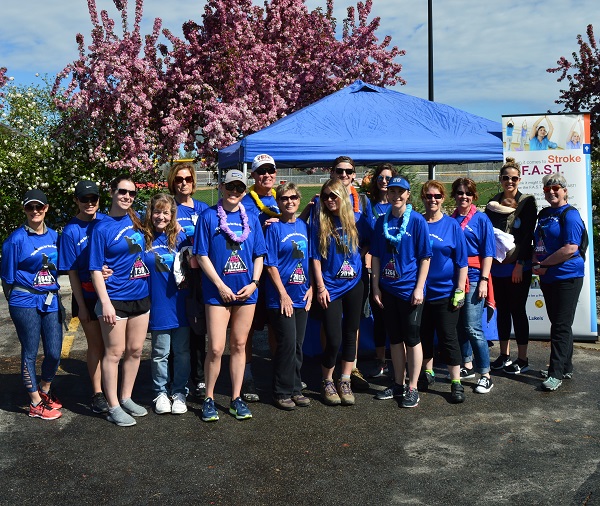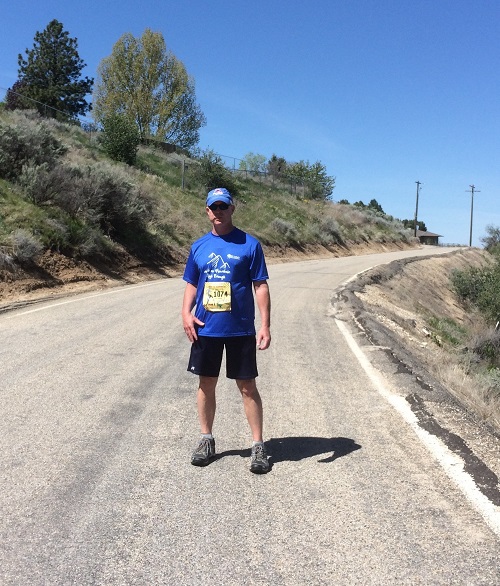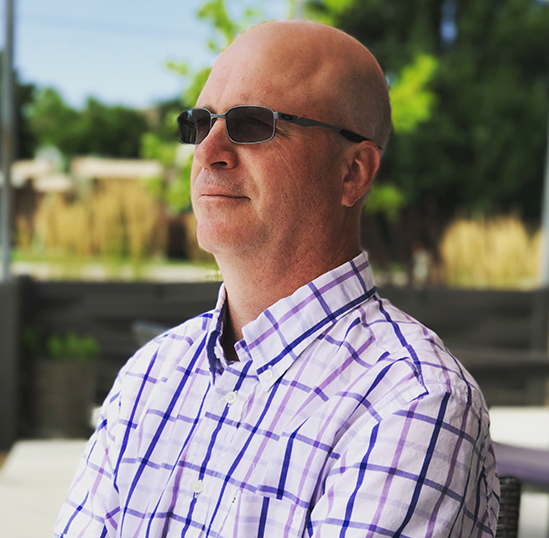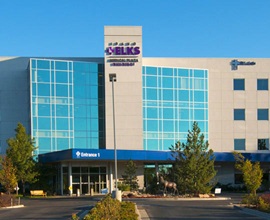-
Call Us
-
Baker City (541) 523-1521
-
Boise (208) 381-2222Nearest Location
-
Buhl (208) 814-1000
-
Caldwell (208) 381-2222
-
Eagle (208) 473-3000
-
Fruitland (208) 381-2222
-
Hailey/Ketchum (208) 727-8800
-
Jerome (208) 814-9500
-
McCall (208) 634-2221
-
Meridian (208) 706-5000
-
Mountain Home (208) 587-8401
-
Nampa (208) 381-2222
-
New Meadows (208) 634-2221
-
Ontario (208) 381-2222
-
Riggins (208) 634-2221
-
Sun Valley (208) 727-8800
-
Twin Falls (208) 814-1000
-
-
Health Services
-
Communities & Locations
If you or someone you know is experiencing a mental health crisis, call 988 for 24/7 free and confidential crisis support. You do not have to be suicidal to call. Access more info and resources on suicide prevention, emotional and mental health support.
Site Navigation
Supplemental
- About St. Luke’s
- Donate or Volunteer
- Blogs
- For Providers
- En Español
- Contact Us In Boise (208) 381-2222
Menu
-
Health Services
Health Services Menu
Medical Services
Specialties, Conditions, Procedures & Treatments
Search by keyword or browse our list of services.
Providers
Find a provider by specialty, location, or availability.
On-Demand Virtual Care
Available seven days a week from 8 a.m. to 8 p.m.
Research Studies & Clinical Trials
See current studies testing new drugs, devices, and equipment to find better ways to treat and help patients.
Health Information
Health Activities
Life Events
-
Communities & Locations
Communities & Locations Menu
Facilities
Emergency & Urgent Care
For life-threatening emergencies, call 911 without delay.
Clinics
Search by specialty and location.
Hospitals & Medical Centers
Receive the highest level of care from the region's leading providers.
Labs & Imaging Centers
Find a lab or imaging facility close to you.
Pharmacies
Search for a retail pharmacy in your area.
Infusion Centers
Find an outpatient infusion center.
Business Services
Visit us to pay bills, ask billing questions, or request billing records.
Nearest You
-
Resources For Patients & Visitors
Resources For Patients & Visitors Menu
After Your Visit
-
 MyChart
MyChart
-
Search
Search Menu
- Stroke Survivor Takes Life One Step at a Time, Tackles Race to Robie Creek
Stroke Survivor Takes Life One Step at a Time, Tackles Race to Robie Creek

Ever since he was about 12 years old Greg Hobbs has liked to exercise.
These days, when Hobbs works out on the exercise equipment in his garage he stares at a poster on the wall in front of him. The poster’s message? The longest journey begins with a single step.
Suffice it to say, Hobbs has taken that message to heart.
“I like looking forward,” Hobbs said. “It’s much easier to look back, because you always have 20-20 vision. Everyone has stories about things that have happened in the past.”
But Hobbs’ story is a little more extraordinary than most people’s. In March of 2015, at the age of 49, Hobbs suffered a stroke while he was receiving a neck adjustment from a chiropractor.
Hobbs and his family credit the doctors at St. Luke’s with saving his life.
“I feel like I have been given a second life,” Hobbs said. “Cats have nine lives. I have two.”
Hobbs said that outlook has shaped his attitude for the past three years.
“I think there’s a big difference between looking back and saying, ‘Man, that is horrible,’ or looking ahead and saying, ‘Hey, I have to do what I have to do to live.’”
Hobbs climbed Mt. Borah each summer before his stroke, so he was used to setting goals and achieving them.
“When I left the hospital, I came home with a walker and a wheelchair,” Hobbs said. “So, my first goal was to get rid of them.”

With that goal behind him, he set his sights on the Race to Robie Creek, which organizers describe as “the toughest half marathon in the Northwest.”
In 2016, Hobbs completed the Race to Robie in a little more than seven hours.
This spring, his teenage daughter, Margaret, challenged him to do the Race to Robie again, so she could do it with him.
Hobbs agreed to do it for his daughter -- and for so many other people.
“I did it for the doctors and nurses and therapists,” Hobbs said. “I wanted people that help people who go through strokes to have the ability to say, ‘Hey, you can get better. It will take time, but if you focus on it and keep working, you can get better. … Look at that guy. It’s not a theory in a book.’”
Of course, Hobbs set another goal. He wanted to knock two hours off his previous time.
Mission accomplished.
But it wasn’t easy.
Hobbs battled through temperatures that reached 70 degrees, and at times leaned on the shoulders of family and friends who turned out to complete Robie with him.
But, he accomplished another goal and finished with a clock time of 4:54:59.
“I crossed the finish line with my daughter,” Hobbs said. “We were jogging the last few hundred yards because she said, ‘Hey, we need to go to make it in under five hours.’”
Another journey was in the books. A journey that began with a single step.
“When people have gone through something like I have, it is very easy to get sedentary and say, ‘I can’t do this, and I can’t do that,’” Hobbs said. “But you have to make yourself do stuff. You have to commit to it.”About The Author

Chris Langrill is a writer and copy editor for the St. Luke’s Communications and Marketing department.
Related Program

Related Location

Take Care, Someone Needs You.
You take care of others, so take care of yourself. Let us be your partner in health, whether you're recovering from an injury, checking in for your annual exam, or enjoying an online class.
Because when you take care of yourself, everyone around you benefits.
